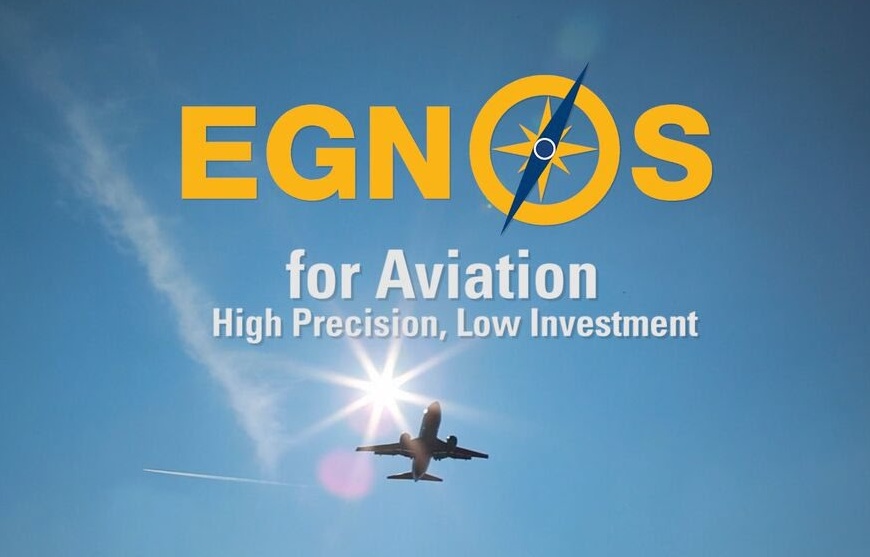EGNOS
The European Geostationary Navigation Overlay Service
The European Geostationary Navigation Overlay Service (EGNOS), Europe’s first venture into satellite navigation, improves the open public service offered by the USA’s Global Positioning System (GPS).
EGNOS makes GPS suitable for safety critical applications such as flying aircraft or navigating ships through narrow channels (see the EGNOS video for more information).
Known as a satellite-based augmentation system (SBAS), EGNOS provides both correction and integrity information about the GPS system, delivering opportunities for Europeans to use the more accurate positioning data for improving existing services or developing a wide range of new services.
Correction data
As a satellite navigation augmentation system, EGNOS improves the accuracy of GPS by providing a positioning accuracy to within three metres. By comparison, someone using a GPS receiver without EGNOS can only be sure of their position to within 17 metres.
Integrity message
EGNOS also provides verification of the system’s integrity, which relates to the trust that can be placed in the correctness of the location information supplied by the navigation system. In addition, it provides timely warnings when the system or its data should not be used for navigation. Integrity is a feature which meets the demands of safety-critical applications in sectors such as aviation and maritime, where lives might be endangered if the location signals are incorrect.
Infrastructure
EGNOS’ infrastructure consists of three geostationary satellites over Europe and a network of ground stations. Since it is based on GPS, the EGNOS signal does not require major changes to receivers. Today, many GPS receivers available on the market are also EGNOS enabled.
The development of EGNOS arose from a tripartite agreement between the European Space Agency (ESA), the European Commission (EC) and Eurocontrol, the European Organisation for the Safety of Air Navigation. It is the precursor to Galileo, the global navigation satellite system (GNSS) being developed by the European Union. EGNOS and Galileo are now part of Europe’s GNSS programmes managed by the European Commission.
Company Profile
-
European Satellite Based Augmentation System
EGNOS is the European Satellite Based Augmentation System (SBAS) and was certified for civil aviation in March 2011. It will enhance:
Accessibility
Increased accuracy and integrity means the decision height can be decreased to as low as 200ft, depending on local geography. Publishing EGNOS procedures can:
- Offer airports a competitive edge over those only offering non-precision approaches.
- Significantly enhance the effectiveness of helicopter emergency medical services by increasing the accessibility of heliports.
Sustainability
EGNOS will, in many cases, reduce the impact of aviation on the environment. It will enable curved approaches and continuous descent paths, which will reduce both noise and emissions. For helicopters, EGNOS will allow approach procedures to be developed from any direction, creating the possibility to avoid densely populated areas.
Efficiency
EGNOS provides a cost effective alternative to ILS CAT I, offering similar performance yet without the need for infrastructure installation and maintenance. With EGNOS, lower decision height can also considerably reduce costly delays, diversions and cancellations.
Safety
Increased vertical accuracy provided by EGNOS will improve safety by:
- Reducing the occurrence of Controlled Flight into Terrain by as much as 75 %.
- Acting as a backup system for approaches into airports that already offer precision approaches.
- Allowing the design of more flexible and safer approach procedures for rotorcraft.

Images
Contact
8 Avenue du Président Kennedy
78102 Saint-Germain-en-Laye
France

